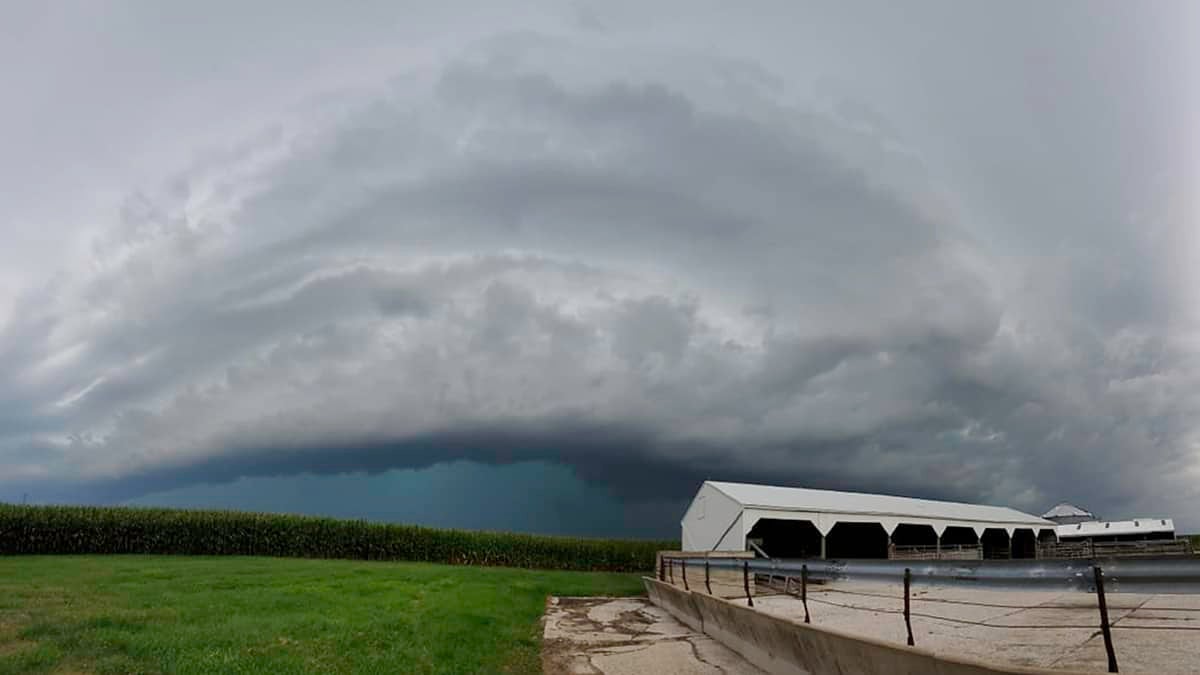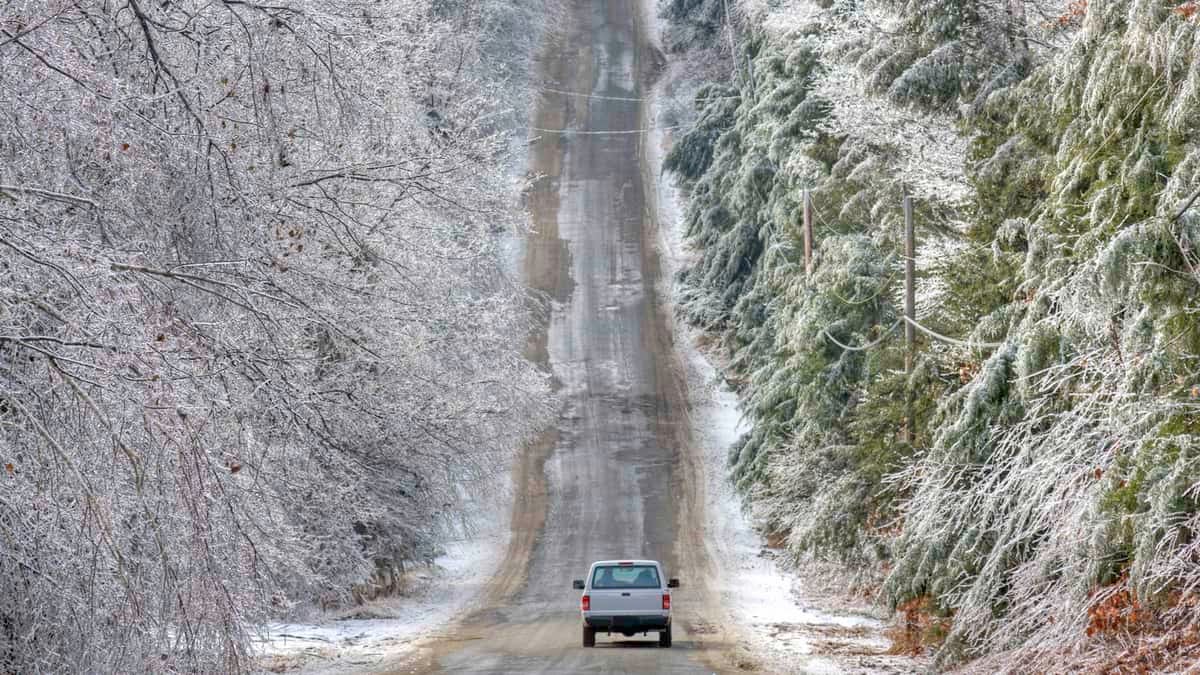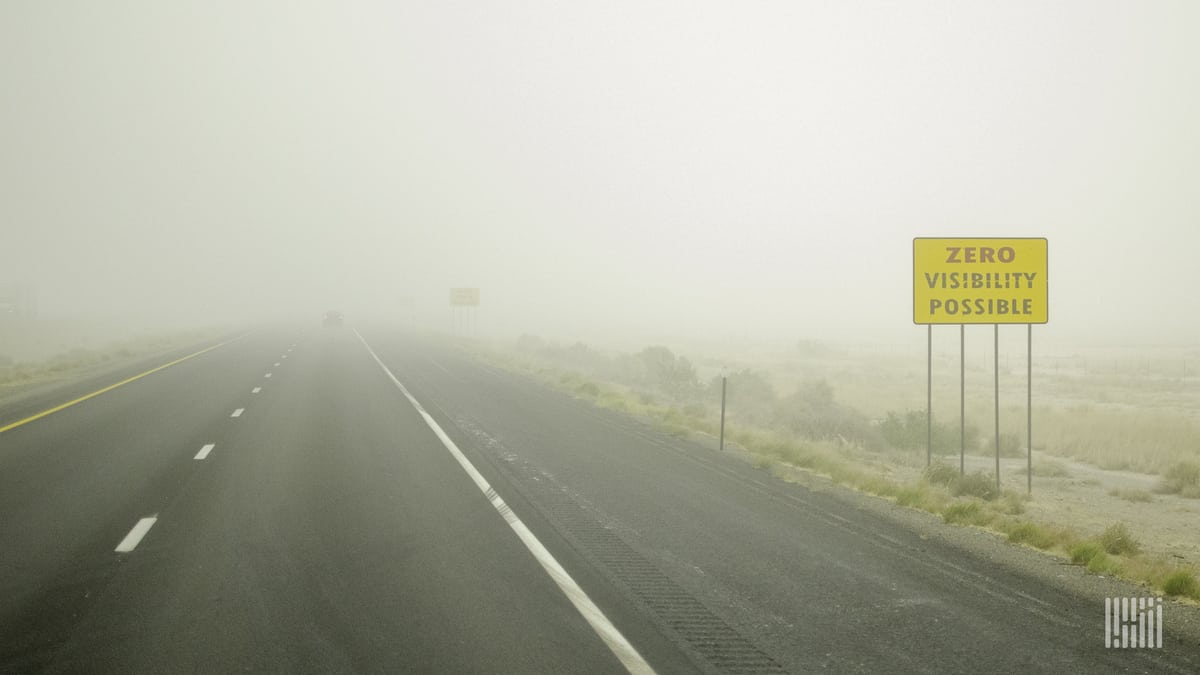Many memorable weather events, some of which people may want to forget, impacted transportation and the general public in 2020. These are five of the most notable ones.
Iowa derecho
The derecho that hit eastern Iowa on Aug. 10 is officially the most costly thunderstorm in recorded U.S. history. A derecho is a widespread, long-lasting, straight-line windstorm associated with a band of rapidly moving showers or thunderstorms.
According to the National Oceanic and Atmospheric Administration (NOAA), the derecho started in South Dakota and traveled nearly 800 miles in just 14 hours, causing a total of $7.5 billion in damage. Iowa took the brunt of the storm, with the state’s top wind gust of 126 mph in the town of Atkins. The winds flipped tractor-trailers in parts of Iowa and resulted in widespread power outages and structural damage.

Record-breaking hurricane season
The 2020 hurricane season had more named storms than any Atlantic hurricane season on record, totaling 30. This average number of named storms is 12.
The season began early when Tropical Storm Arthur formed on May 14, more than two weeks before the official start of the season on June 1. That made for a record sixth consecutive year with a tropical system forming before June 1.
Of the 30 named storms, 13 became hurricanes, six became major hurricanes (Category 3 or higher) and 12 made U.S. landfall. These storms were responsible for more than $41 billion in wind and flood damage, as well as more than 40 deaths.
A record five storms made landfall in Louisiana, including Hurricane Laura in late August. The Category 4 storm was the strongest to hit Louisiana in 150 years. In Louisiana alone, Hurricane Laura killed 33 people and caused $14 billion in damages. It also destroyed the Lake Charles Doppler radar and prompted the temporary shutdown of the dilapidated Interstate 10 bridge between Lake Charles and Westlake.
Oklahoma ice storm
A few days before Halloween, a frightening ice storm knocked out power to around half a million customers in Oklahoma. Some people went without power for more than a week after the storm weighed down electrical lines, utility lines and trees across the state. It was the first time in Oklahoma that the National Weather Service (NWS) ever issued an ice storm warning in October. Also, it was the single-worst Oklahoma ice storm on record in more than five years, causing around $27 million in damage. In some areas, ice accumulation was more than 2 inches thick. Sagging live power lines sparked, setting many homes and buildings on fire.

Nearly 150 people were injured due to falling trees, fires and automobile accidents.
Easter tornado outbreak
On April 12, Easter Sunday, more than 180 tornadoes touched down in eight Southern states, from Texas to North Carolina. An additional 35 popped up the next day, from Florida to Maryland. It was the deadliest tornado outbreak in the U.S. in six years. Three states in the impact zone recorded 20 or more tornadoes during those two days. The outbreak caused more than $450 million in damage to homes, businesses and power grids.
EF3 tornado damage to the BorgWarner plant in Seneca, South Carolina, April 13, 2020. (Photo: NOAA)
More than 30 people died, with around 100 injured, 60 of them in Hampton County, South Carolina. The strongest tornado was an EF4 that hit southern Mississippi, producing estimated winds of 190 mph and reaching a maximum width of 2.25 miles.
Saharan dust
Saharan dust plumes occur regularly, sending dust from the Sahara Desert across the Atlantic to the Southeastern U.S. most summers. But during 2020, that cloud made its way all the way to the Midwest, leaving a hazy sky in its wake. The dust plume reached as far north as the Dakotas, Minnesota and Wisconsin, and made for colorful sunsets.

People in Houston, New Orleans and Tampa, Florida, saw intense haze. They also experienced dangerous amounts of air pollution. Near Lake Charles, Louisiana, the Air Quality Index reached 10 times higher than the 24-hour Environmental Protection Agency standard.
Click here for more FreightWaves articles by Nick Austin.
Worst New Year’s storms in US history
Worst Christmas storms in US history
America’s most dangerous roads for truckers: Part 4







